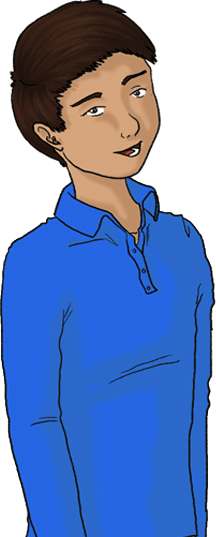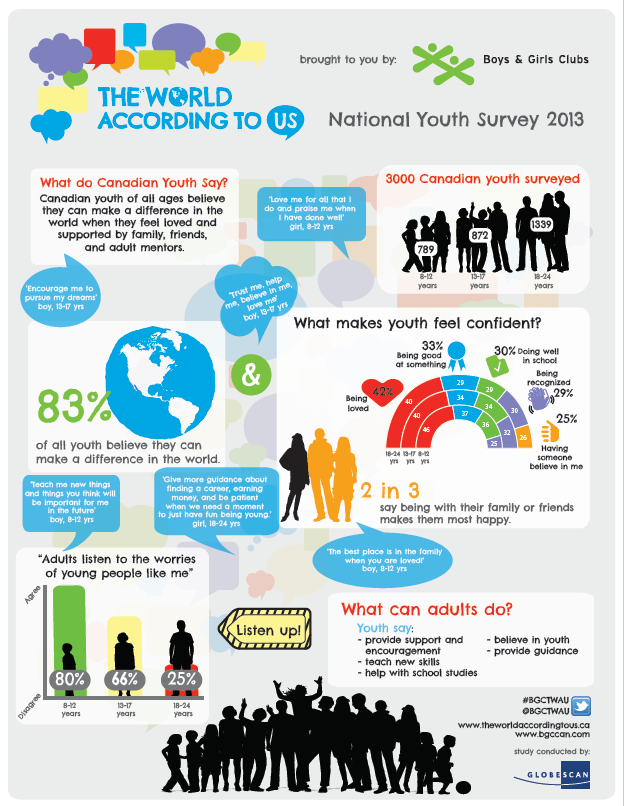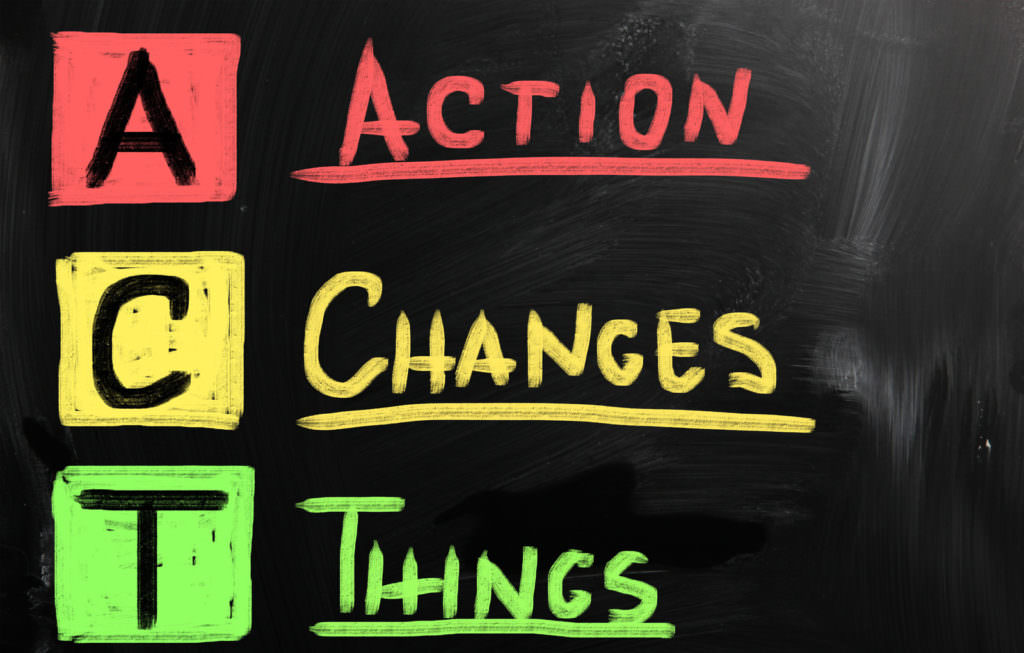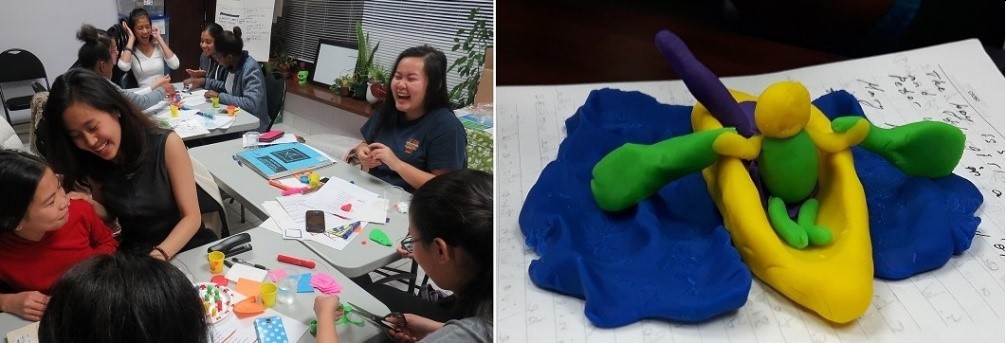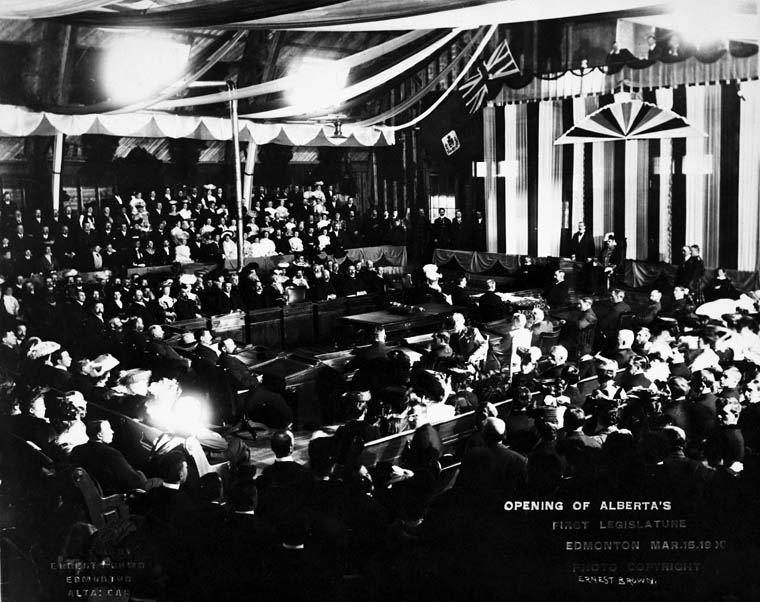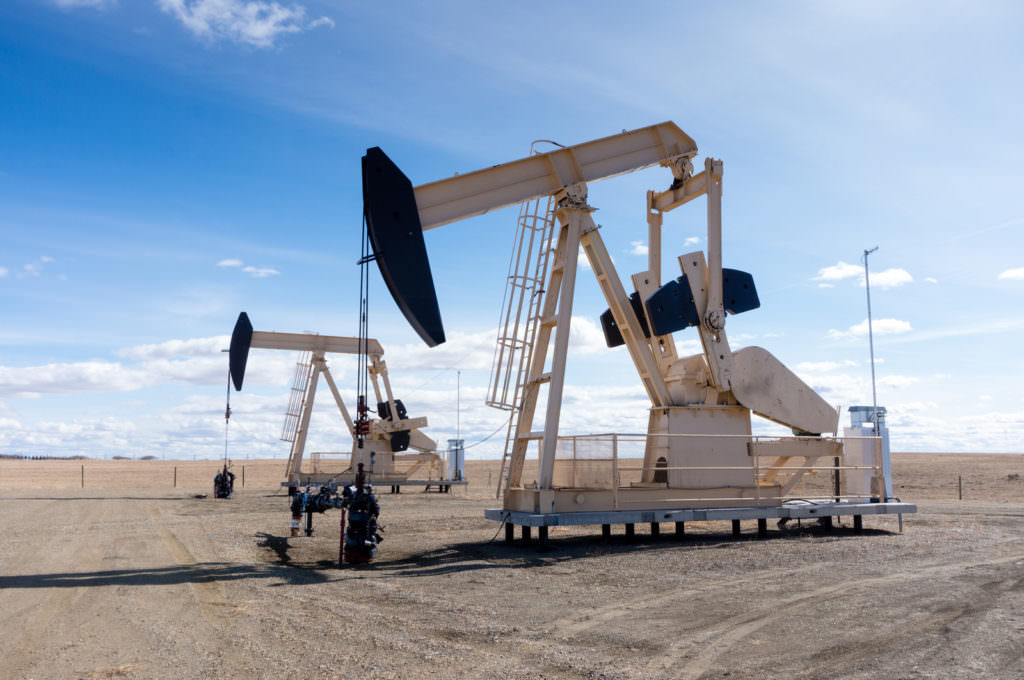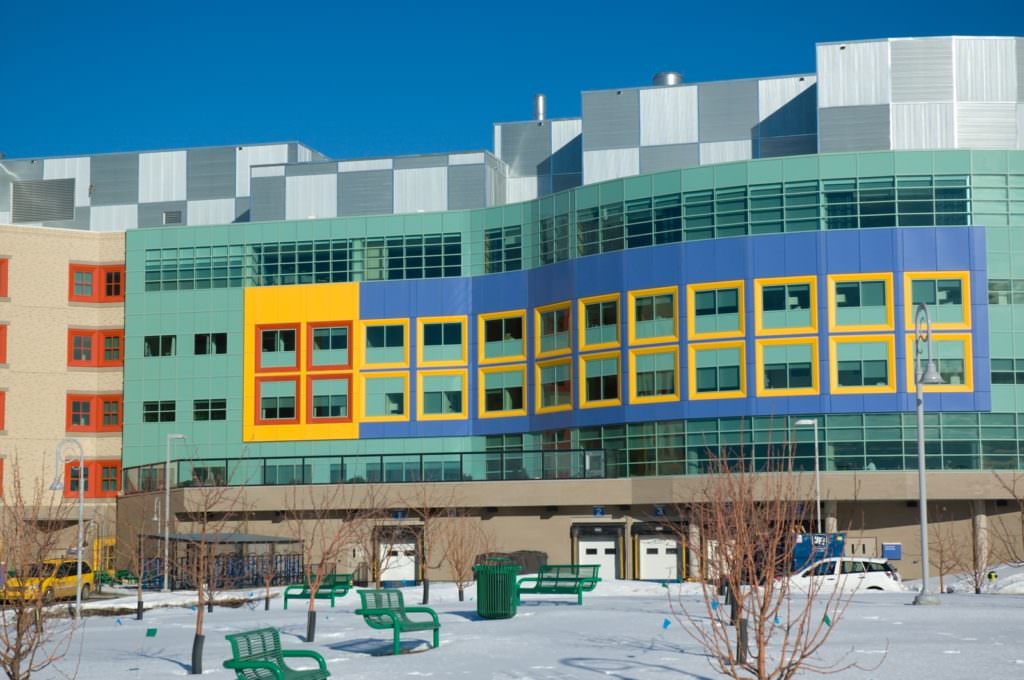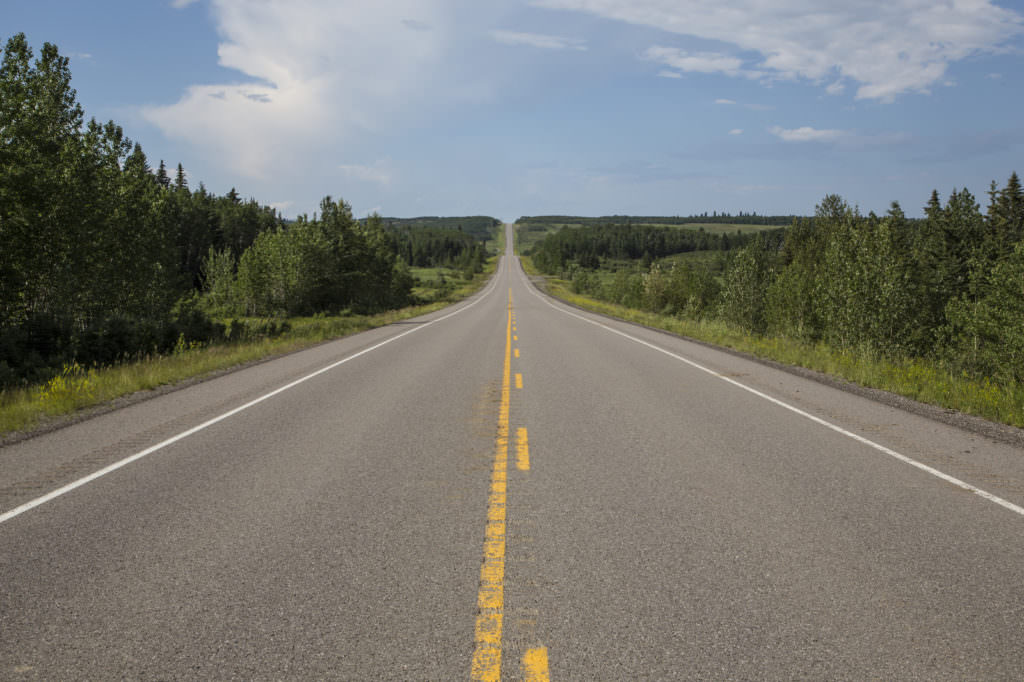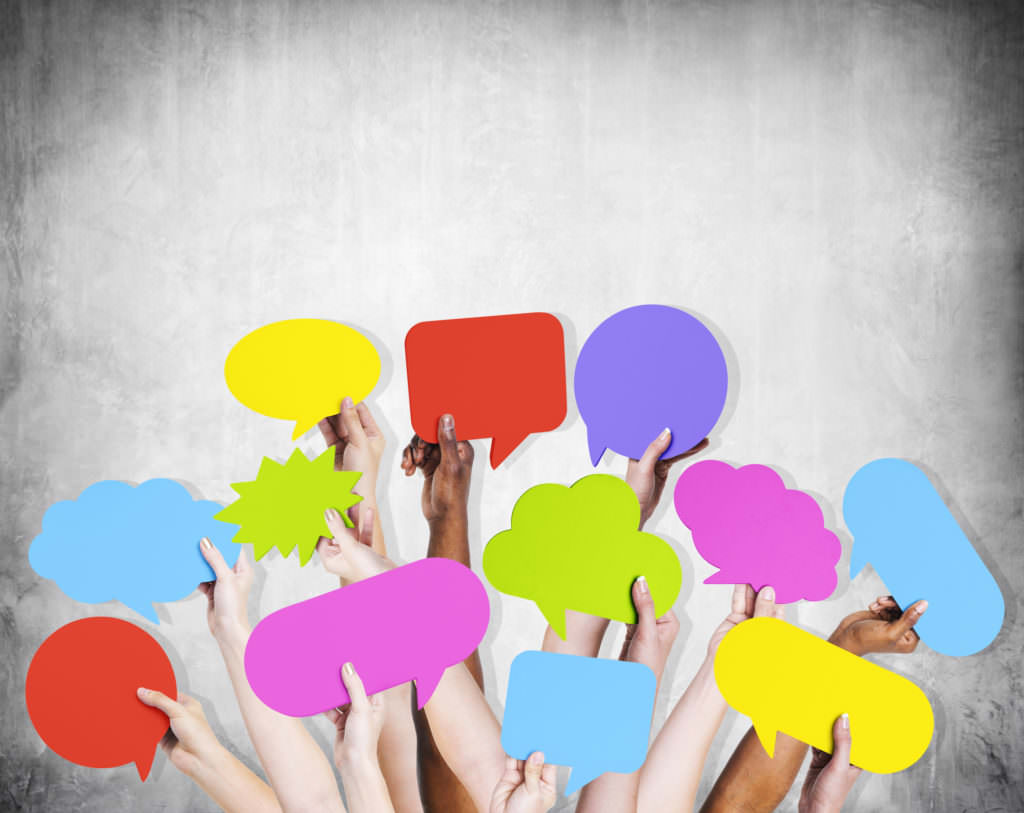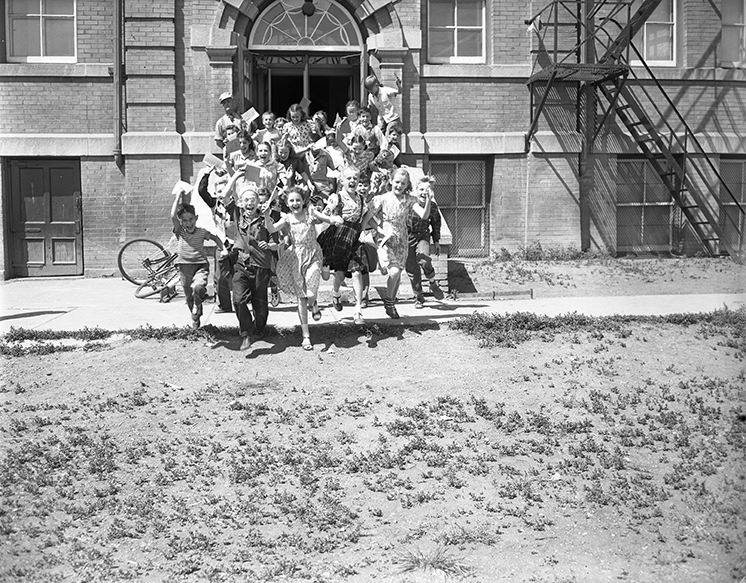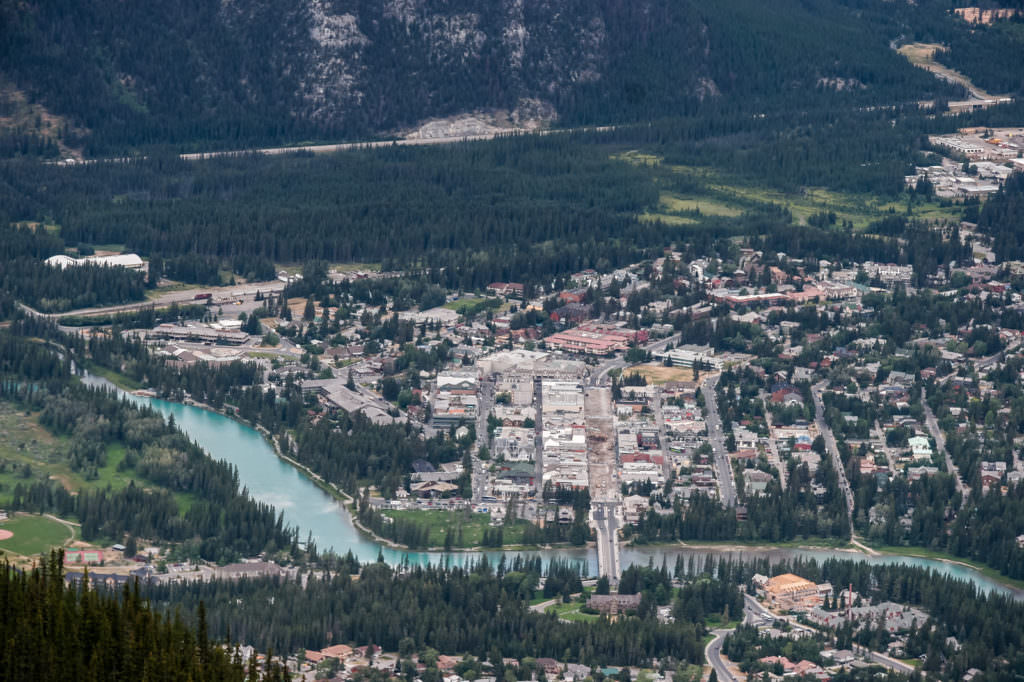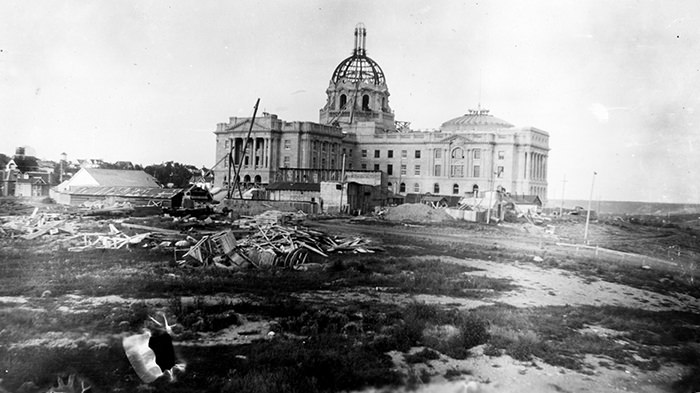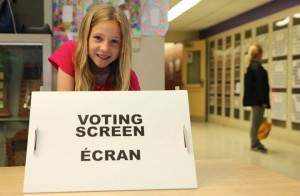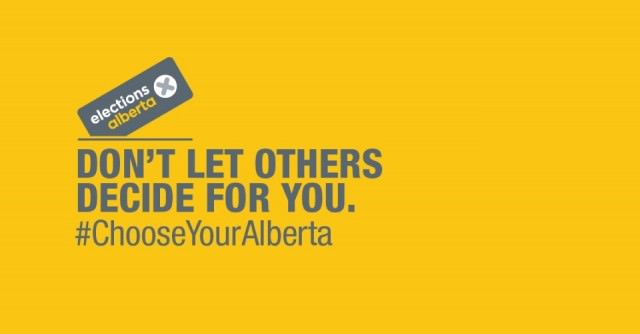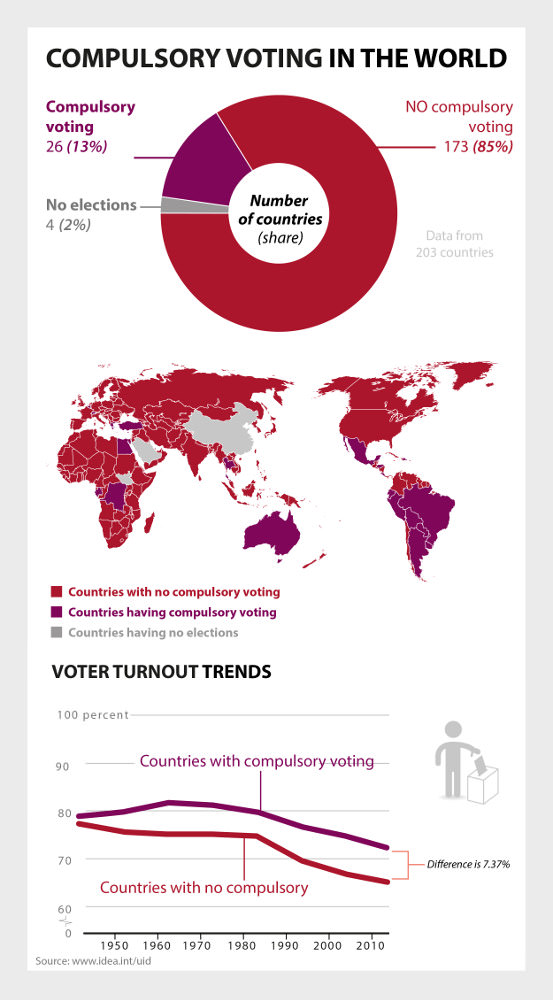Voting involves the following processes:
At the voting station, the elector will provide their identification to the election officer to prove their name and current physical address.
If the elector is registered, the election officer will draw a line through their name in the Voting Record. If the elector is not registered, they will be added to the Voting Record after taking a Declaration.
Once the elector has been found or added to the Voting Record, the election officer initials the back of the ballot and issues it to the elector.
The election officer then provides instructions to the voter to proceed to the voting screen and mark the ballot by placing an “X” in the circle opposite the name of the selected candidate. The ballot should then be folded and taken to the ballot box station.
When the voter is marking their ballot behind the voting screen, no one can look or go behind it to see how they have chosen to mark their ballot. Voting is private and a secret. Exceptions are made if the voter requires assistance to vote. A voter may receive assistance after the appropriate oath is taken.
Ballots may not be removed from the voting location. If a person declines to vote, the election officer writes the word ‘’Declined’’ on the ballot and places it in a separate envelope.
After marking their ballot, the voter shows the back of the folded ballot to the election officer at the ballot box, who confirms the ballot has been initialed by an election officer.
